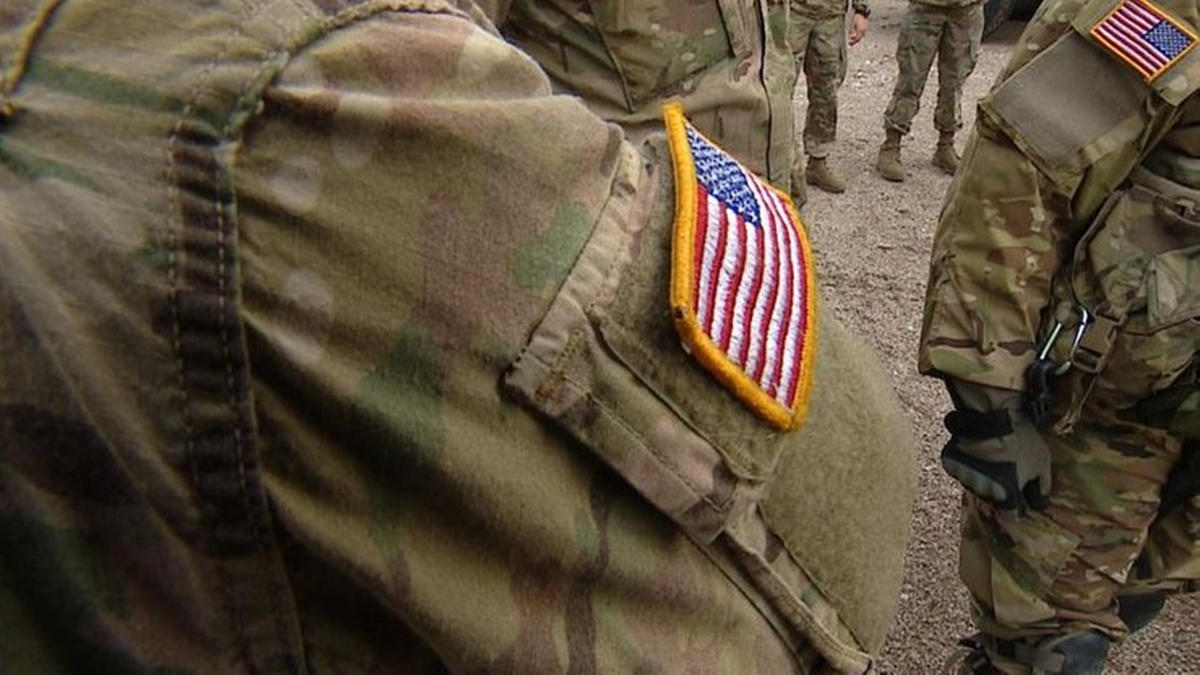
ANCHORAGE- Chinese bombers joined Russian aircraft in patrols near Alaska in 2024, marking a shift in Beijing’s military activities. Experts analyze these moves as part of China’s effort to complete its nuclear triad.
These flights, including approaches to Guam (GUM), raised questions about political signals amid tensions over Taiwan and Ukraine. However, underlying motives may focus on operational readiness rather than direct provocation.
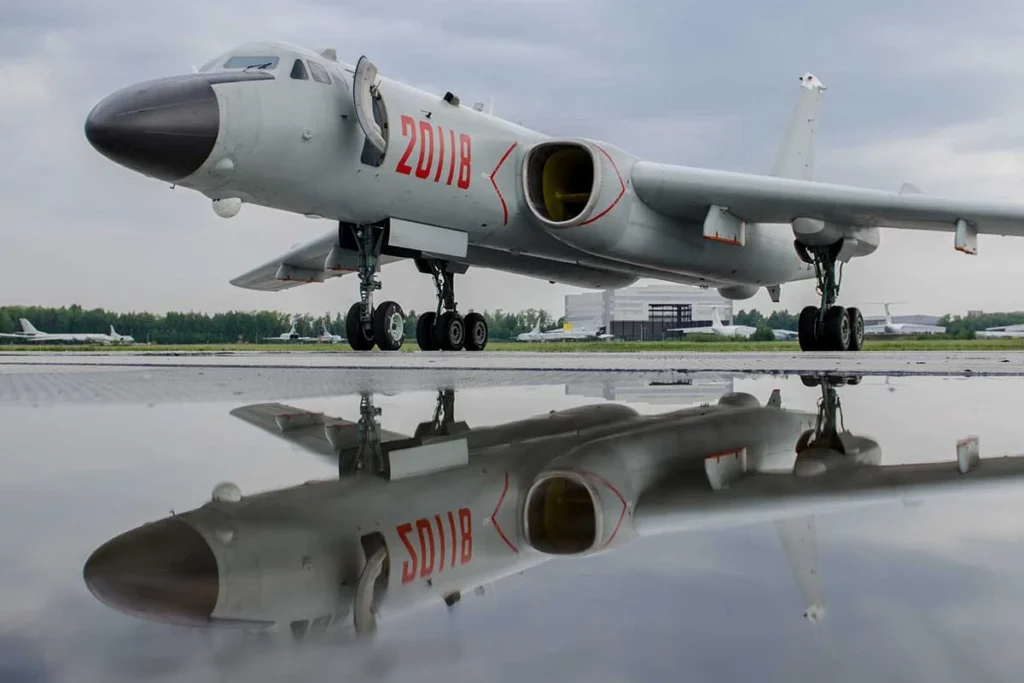 Photo: By Mil.ru, CC BY 4.0, https://commons.wikimedia.org/w/index.php?curid=71021905
Photo: By Mil.ru, CC BY 4.0, https://commons.wikimedia.org/w/index.php?curid=71021905Chinese Bomber Patrol Near Alaska
China deploys nuclear-capable bombers in joint operations with Russia to showcase its growing strategic capabilities.
The 2024 flights near Alaska represent a milestone, as Chinese H-6K bombers sortied from foreign bases for the first time and approached US territory.
US and Canadian fighters intercepted the aircraft within the air defense identification zone, highlighting heightened vigilance.
According to Defense News, researcher Derek Solen from the US Air Force’s China Aerospace Studies Institute emphasizes that these patrols complete China’s nuclear triad, integrating bombers with ICBMs and submarines.
Solen’s report, prepared for Japan’s Air and Space Studies Institute, points to the introduction of advanced H-6N bombers.
These aircraft, operated by the 106th Brigade in Henan province, feature a 3,700-mile range and can launch KD-21 cruise missiles up to 1,300 miles.
The November 30, 2024, flight brought H-6Ns within striking distance of Guam, potentially simulating a nuclear strike.
This development aligns with the 2019 adoption of the H-6N and base renovations, coinciding with the start of Sino-Russian patrols.
Initial interpretations viewed the flights as political messages, such as warnings against US nuclear sharing with allies like Japan and South Korea. Beijing fears integration of US alliances in Europe and Asia could form a global anti-China network.
The July 2024 NATO summit, criticizing China’s support for Russia’s Ukraine invasion, fueled such concerns. Yet inconsistencies, like the four-month delay before the Guam flights, challenge this view.
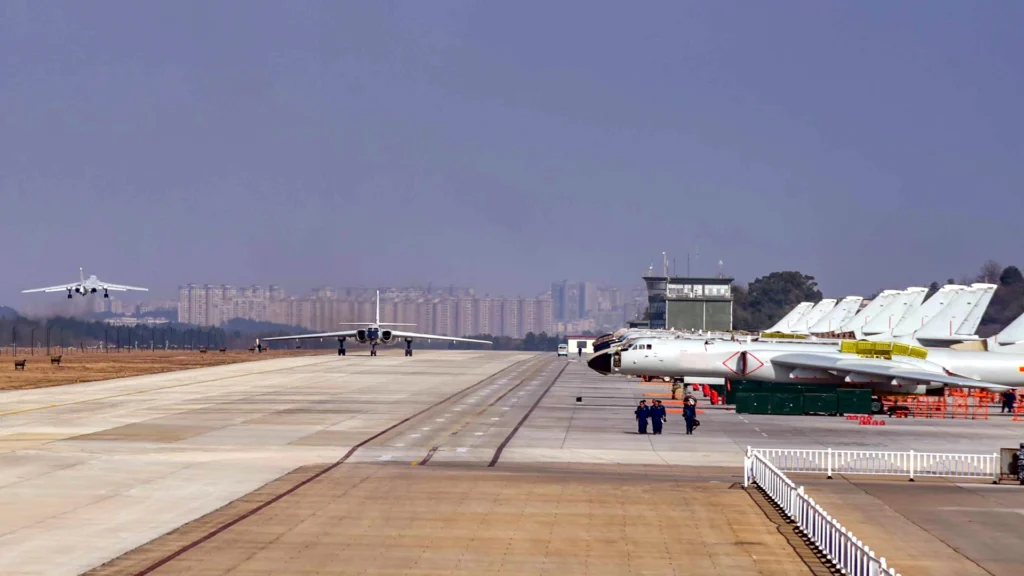 Photo: rhk111 | Flickr
Photo: rhk111 | FlickrSino-Russian Aerial Operations
Sino-Russian joint flights began in 2019 over the Sea of Japan and East China Sea, involving H-6K and Tu-95MS bombers.
Only nine missions occurred by 2024, though China counts multi-flight days as one. Early patrols stayed regional, but the July 24, 2024, Alaska approach expanded the scope.
Subsequent operations in the Western Pacific included H-6N variants, enhancing nuclear delivery options.
These activities differ from Russia’s Cold War-era provocations, as China traditionally avoided such distant deployments. The 2024 escalation marks Beijing’s first PLAAF aircraft nearing US soil, signaling operational maturity.
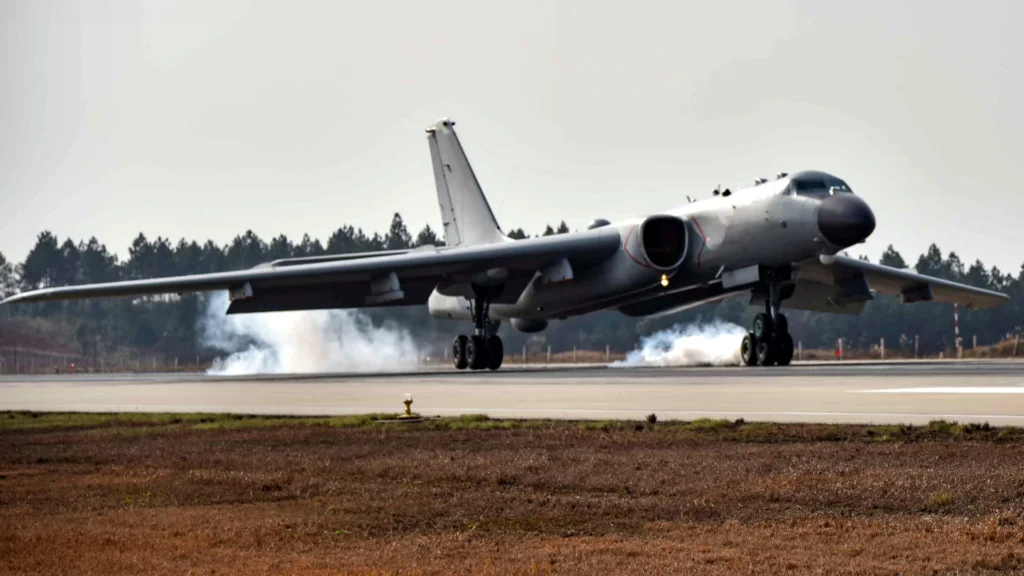 Photo: rhk111 | Flickr
Photo: rhk111 | FlickrMilitary Training
The flights serve military training, allowing China to practice long-range missions essential for nuclear and conventional strikes. Solen notes that confining patrols to familiar seas would suffice for basic drills, suggesting broader objectives.
Political elements persist, including reminders of China’s Pacific reach amid Taiwan disputes and NATO’s Asia focus.
China opposes nuclear sharing, urging the withdrawal of US weapons from Europe and avoiding Asia-Pacific replication. Joint naval patrols in the Pacific underscore ongoing cooperation with Russia.
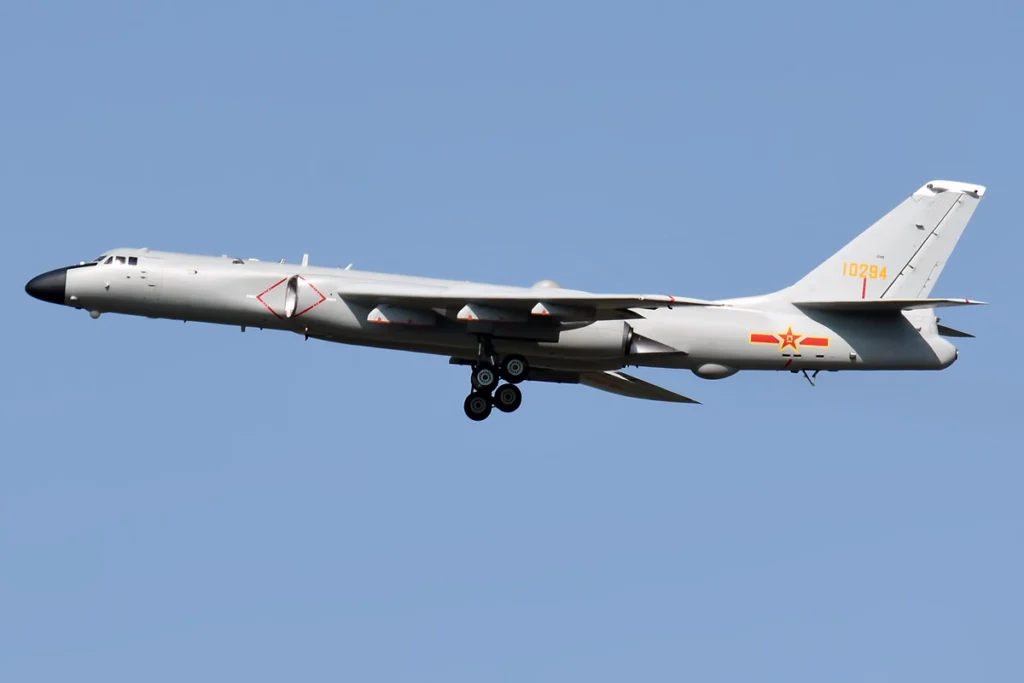 Photo: By Anna Zvereva – Chinese Air Force, 10294, Xian H-6K, CC BY-SA 2.0, https://commons.wikimedia.org/w/index.php?curid=132695083
Photo: By Anna Zvereva – Chinese Air Force, 10294, Xian H-6K, CC BY-SA 2.0, https://commons.wikimedia.org/w/index.php?curid=132695083Future Implications
No combined flights occurred in 2025, likely a political choice to avoid agitating the Trump administration during tariff negotiations.
Solen predicts resumption once talks conclude, potentially leading to independent Chinese operations.
Regular US airspace approaches remain unlikely, as benefits may not justify risks. However, China’s incentives persist for bomber practice in ship and base strikes.
Uncertainties linger over Beijing’s true intentions, but these developments underscore evolving strategic dynamics in the Indo-Pacific.
Stay tuned with us. Further, follow us on social media for the latest updates.
Join us on Telegram Group for the Latest Aviation Updates. Subsequently, follow us on Google News
Top 10 Largest Air Forces in the World in 2025, No.6 Will Surprise You!!
The post Chinese Bomber H-6N Jets Patrol Near Alaska Decoded appeared first on Aviation A2Z.









